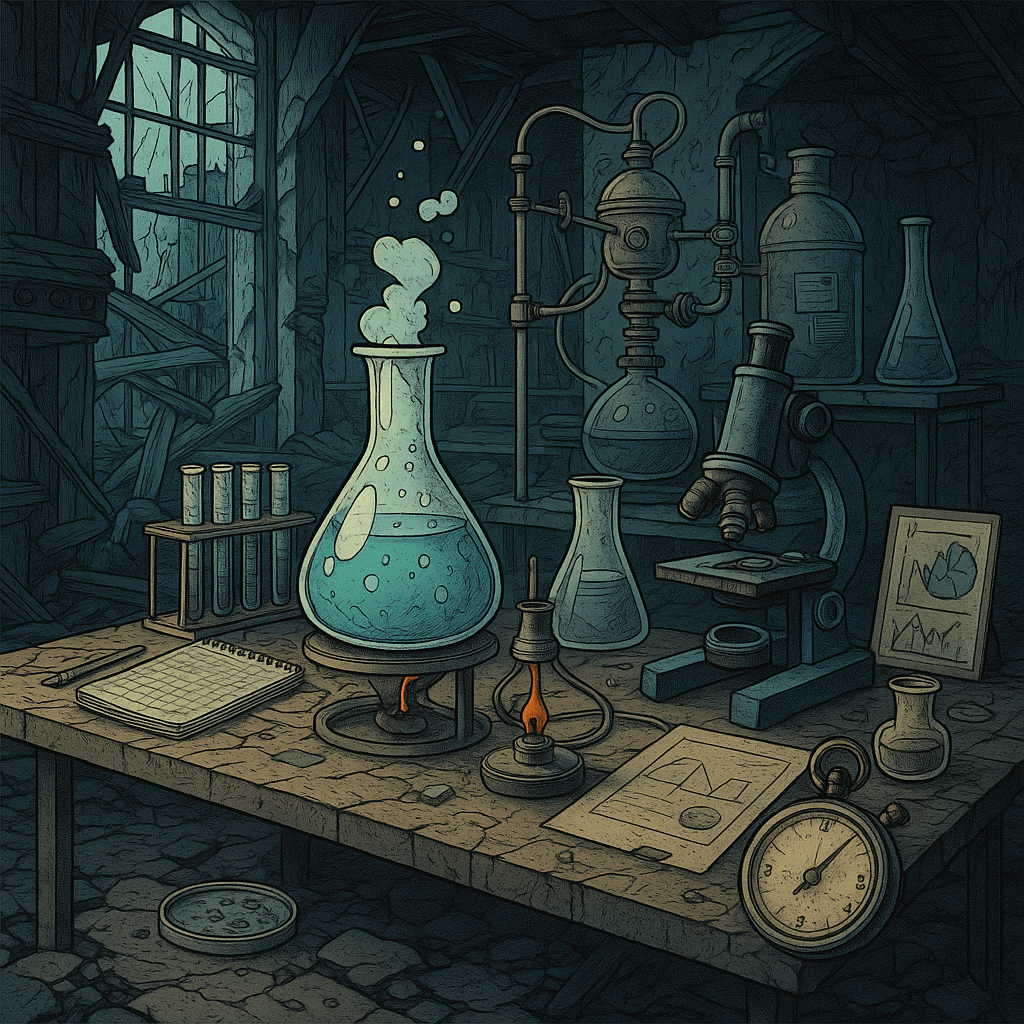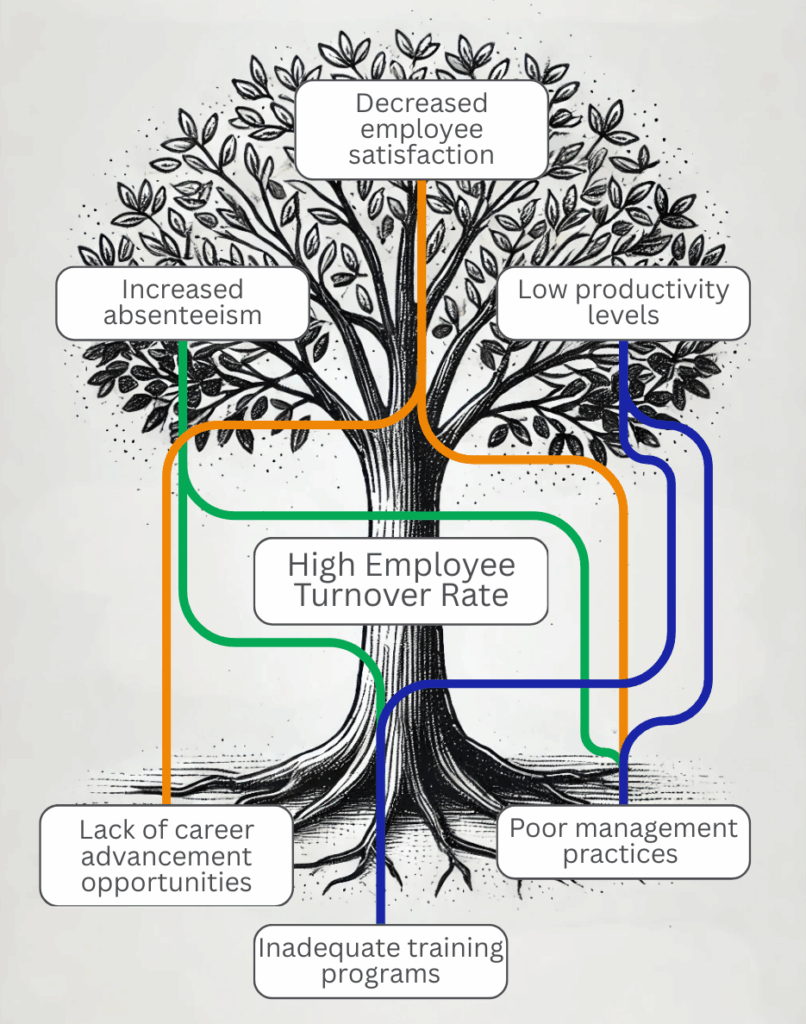How to Prototype Service Blueprints to Map Interactions and Identify Hidden Failure Points
In today’s competitive landscape, delivering exceptional customer experiences is more crucial than ever. One powerful tool that can help you visualise and improve these experiences is a service blueprint. This structured diagram maps out various service interactions, revealing the complexities of customer journeys while highlighting areas prone to failure. In this blog post, we will explore how to create a service blueprint to map service interactions and identify hidden failure points, with a downloadable canvas to aid your efforts.
What is a Service Blueprint?
A service blueprint is a detailed visual representation of the service delivery process, intertwining the customer journey with backend processes. It typically includes key components such as customer actions, frontstage interactions (customer-facing activities), backstage interactions (supporting activities), and support processes. By laying out these elements, a service blueprint allows organisations to better understand their services and pinpoint where improvements can be made.
Why Create a Service Blueprint?
Creating a service blueprint provides several benefits:
- Enhanced Understanding: It helps team members comprehend the entire service process, promoting collaboration.
- Identifying Bottlenecks: By visualising interactions, teams can easily spot inefficiencies or potential points of failure.
- Improved Customer Experience: Understanding the customer journey enables organisations to tailor their services to better meet consumer needs.
Step-by-Step Guide to Prototyping Your Service Blueprint
Step 1: Gather Your Team
Start by assembling a cross-functional team that includes stakeholders from different departments. Diverse perspectives can yield richer insights into the overall service experience.
Step 2: Define the Service and Target Audience
Clearly outline the service you are mapping and identify your target audience. Understanding who your customers are helps you focus on their specific needs and interactions throughout the service process.
Step 3: Identify Key Customer Touchpoints
List all the key touchpoints where customers interact with your service. These might include online consultations, customer service calls, or point-of-sale transactions. Be detailed and consider both digital and physical interactions.
Step 4: Map Frontstage and Backstage Processes
Using your identified touchpoints, start mapping out the frontstage (visible to the customer) and backstage (invisible to the customer) processes. Frontstage activities could include customer service interactions, while backstage activities may involve order processing or inventory management.
- Frontstage: What the customer sees and experiences directly.
- Backstage: Processes that support the frontstage but are not visible to the customer.
Step 5: Identify Support Processes
Support processes enable the smooth operation of both frontstage and backstage interactions. Include elements such as IT systems, employee training, and administrative tasks that contribute to the service delivery.
Step 6: Highlight Potential Failure Points
As you create your blueprint, take note of potential failure points at each touchpoint. Ask questions like:
- Where have previous customers expressed frustration?
- Are there gaps in communication?
- What processes are prone to delays?
Step 7: Prioritise Improvement Areas
Once you’ve identified failure points, prioritise them based on impact and effort. Focus first on addressing the most critical issues that could enhance customer satisfaction.
Practical Actionable Element: Downloadable Canvas
To assist you in prototyping your service blueprint, we’ve created a downloadable canvas. This canvas is designed to help you categorise all elements of your service, making it easier to see the entire process at a glance.
| Step/Layer | Example Content |
|---|---|
| Service/Scenario | Online Book Order |
| Customer Actions | Search book → Add to cart → Checkout → Receive |
| Touchpoints | Website, email, package, support chatbot |
| Frontstage Actions | Support query, confirmation mail, status update |
| Backstage Actions | Payment handling, warehouse pick & pack, dispatch |
| Support Processes | Inventory sync, IT maintenance, delivery contracts |
| Technology/Resources | Shopify, Mailgun, courier API |
| Pain Points/Opportunities | Missed delivery, delayed email, missing stock |
Download your Service Blueprint Canvas here
Conclusion
Prototyping a service blueprint is an invaluable exercise for any organisation seeking to refine its customer experience. By mapping out interactions and identifying hidden failure points, you can gain clarity on your service processes and engage in meaningful improvements. Remember, the goal is continuous enhancement; revisiting and updating your blueprint regularly will ensure that you stay responsive to customer needs and service expectations.
Now it’s time for you to roll up your sleeves and start prototyping! Download the canvas, gather your team, and dive into mapping out your service interactions. The journey to understanding and improving your customer experience begins here.






